The Choice of Attire in Women’s Beach Volleyball: A Closer Look at the Bikini Debate
Women’s beach volleyball is undoubtedly one of the most eye-catching and talked-about events during the Olympics. However, a significant portion of the attention often veers towards the athletes’ attire rather than their remarkable athletic abilities. The debate over women’s bikini uniforms and their appropriateness has been a persistent topic.
Why do female players wear bikinis while their male counterparts don tank tops and shorts? Delving into the matter reveals a straightforward answer: Women beach volleyball players wear bikinis because it’s their personal choice, not a requirement.
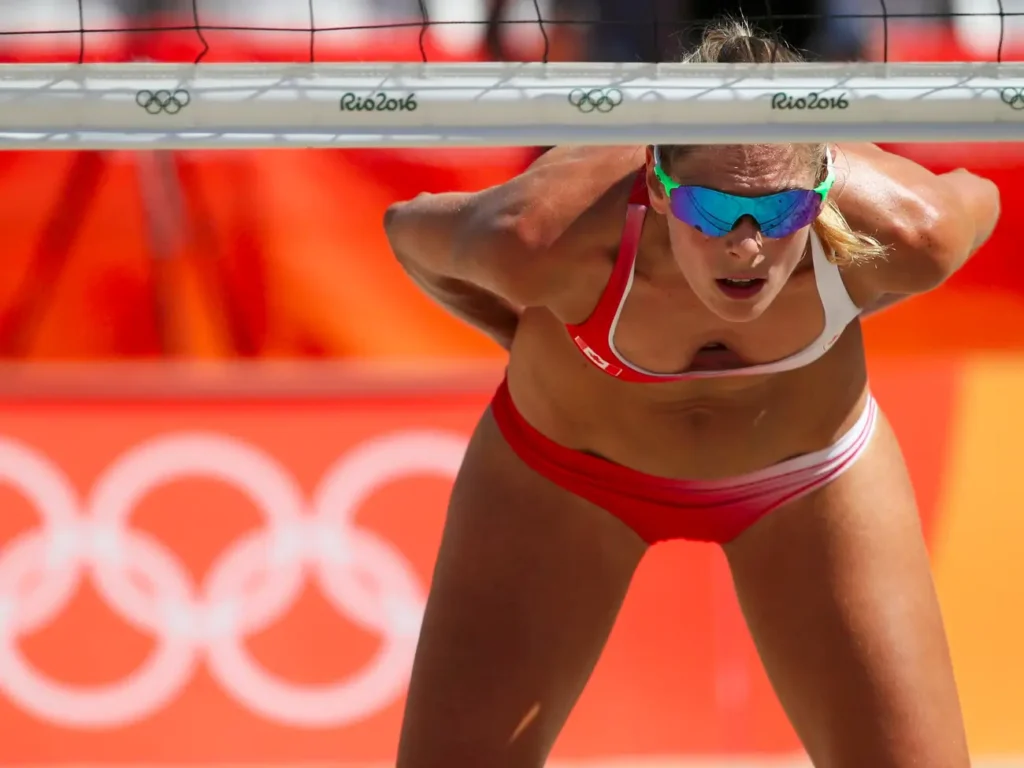
Choosing Comfort and Functionality Over Fashion
Corinne Calabro, the communications director for USA Volleyball, clarifies that female athletes have the freedom to opt for various uniform options. These options include long sleeves, shorts, and tank tops. However, the prevalent choice of a two-piece bikini is often attributed to practicality.
As Calabro explains, many athletes prefer bikinis because they provide fewer hiding places for sand, a crucial factor considering the sport’s sandy setting. The athletes view the bikini not as swimwear or a fashion statement, but as their uniform that facilitates their performance.
The Evolution of Uniform Choices
When beach volleyball made its Olympic debut at the 1996 Atlanta Games, the women’s uniform primarily consisted of bikinis, with the option to wear a body suit underneath for colder weather or modesty.
However, as awareness grew about the diversity of cultural beliefs and preferences worldwide, the International Volleyball Exertion (FIVB) updated its rules in 2012. The amendment aimed to foster inclusivity by permitting players to wear shorts and sleeved tops. This change acknowledged the various religious and cultural requirements that players might have.
Cultural Harmony on Display
The 2016 Rio Olympics exemplified the harmony that can arise from the convergence of different cultures through sports. The iconic photo of Egyptian player Doaa Elghobashy and German player Kira Walkenhorst facing off captured the essence of the Olympics uniting people through their shared love for sports.
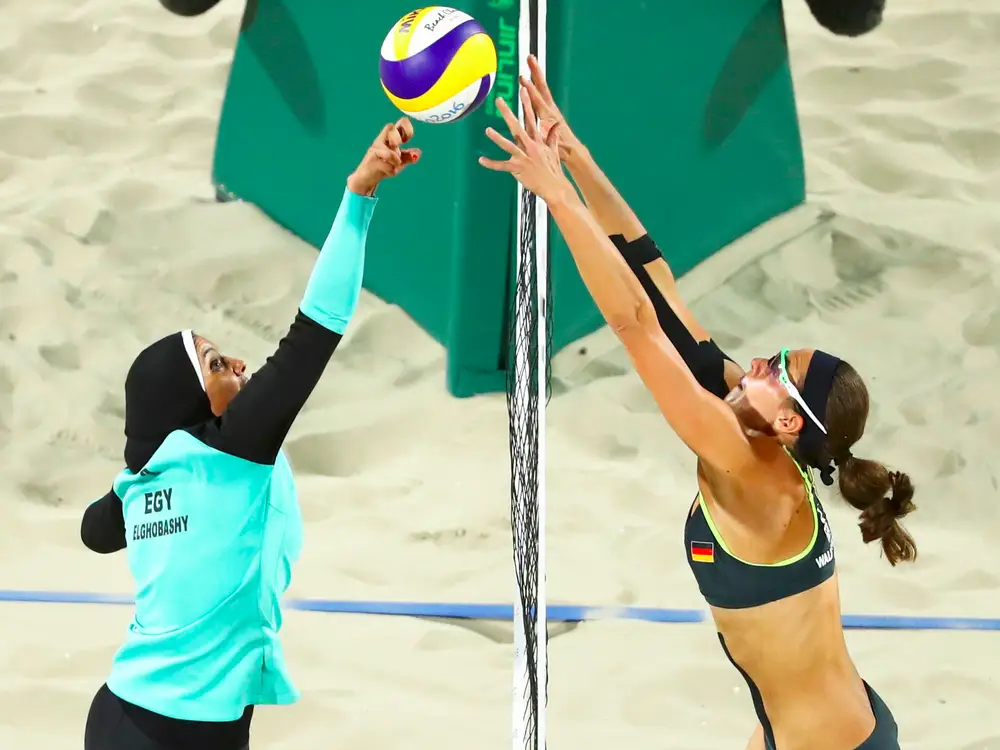
While some athletes opted for more modest uniform options, the majority continued to wear bikinis due to the extreme heat and their familiarity with this attire.
Performance and Practicality in Focus
Competing in scorching temperatures exceeding 100 degrees Fahrenheit, beach volleyball athletes find the bikini to be a practical choice. Team USA player Kerri Walsh Jennings stressed the need to educate the public about the sport’s demands and not overly emphasize the attire’s perceived sex appeal.
Walsh Jennings, along with her partner April Ross, collaborated with Mizuno, a Japanese sportswear company, to design their Team USA uniforms. The duo displayed their design with pride, adapting to colder temperatures by layering cold weather shirts beneath their bikinis when necessary.
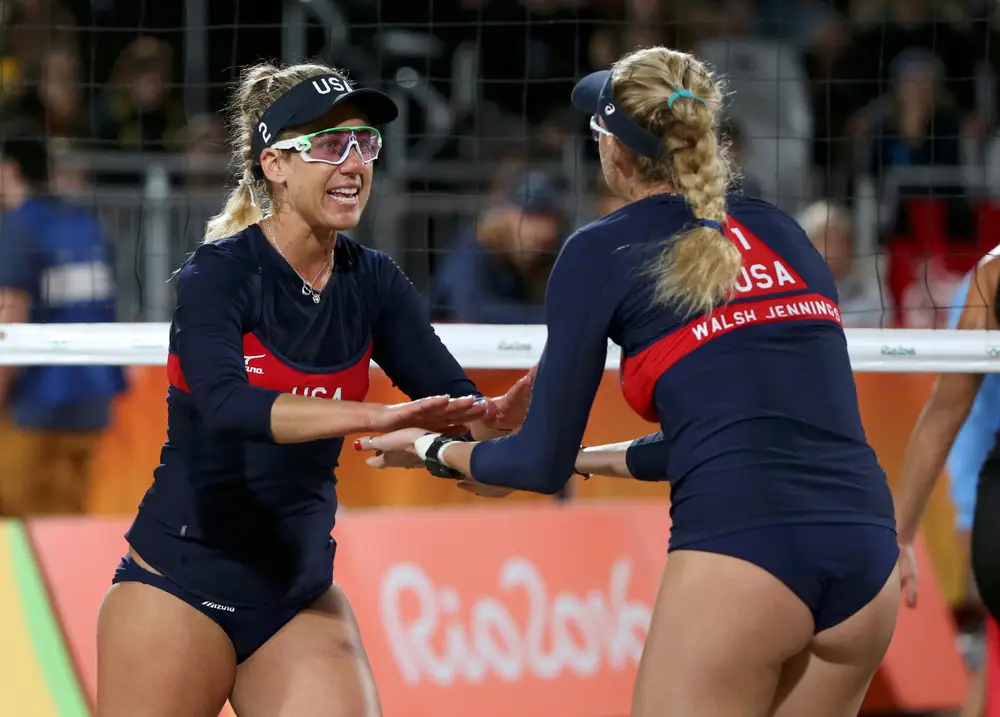
Uniform Diversity and Choice
Contrary to common misconceptions, the 2016 FIVB uniform guidelines granted women more options than men. Female athletes can select from a range of choices, including bikinis, one-pieces, long-sleeved and short-sleeved options, as well as tank tops and shorts.
The sole requirement is that both athletes on a team must wear identical uniforms, irrespective of the style chosen. This diversity not only caters to individual preferences but also promotes an environment of inclusion within the sport.
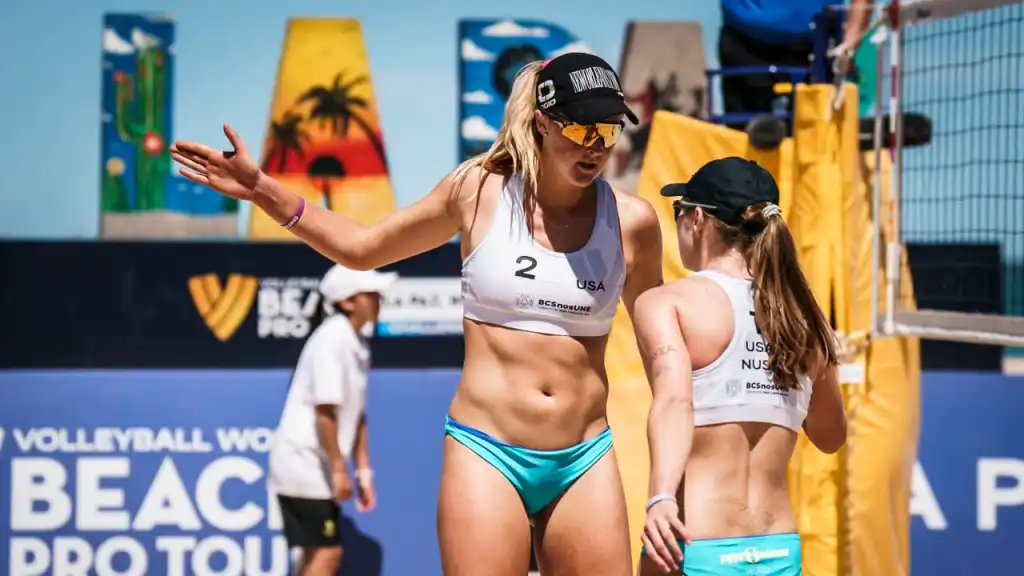
FIVB’s Culturally and Religiously Inclusive Approach
The FIVB’s uniform guidelines for the Tokyo Olympics underscore the organization’s commitment to cultural and religious inclusivity. The guidelines cover aspects such as fabric, color, names, numbers, and the size of manufacturer logos.
These regulations extend to the unity of teammates’ attire. The guidelines provide various style options for women, including different sleeve lengths, one-pieces, and bikinis. Similarly, men have the choice of tank tops and board shorts, which can be paired with long-sleeved shirts and tights for colder conditions.
These provisions even cater to teams adhering to religious dress codes, ensuring that the sport remains welcoming to all participants.
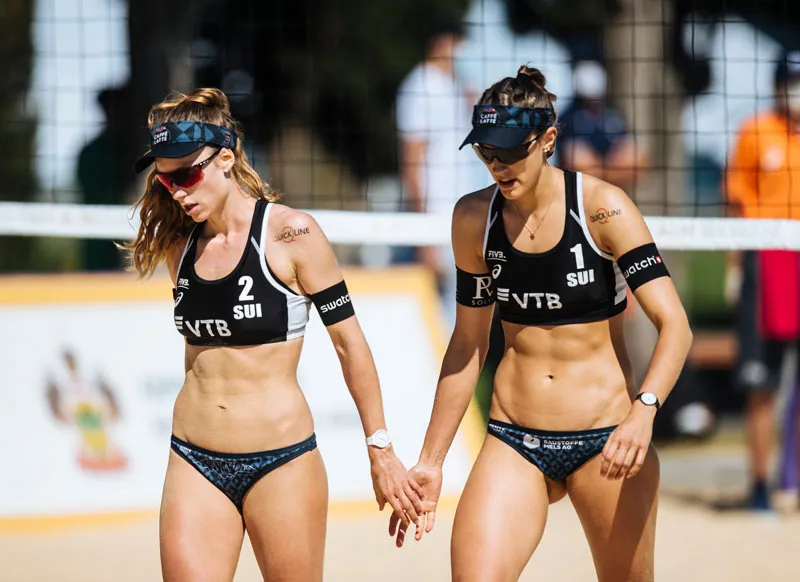
Conclusion
In conclusion, the debate surrounding women’s beach volleyball attire often overshadows the athletes’ incredible skill and dedication. The choice of bikini uniforms stems from the athletes’ preference for practicality and performance rather than a requirement.
The evolution of uniform options reflects the sport’s commitment to inclusivity and recognition of diverse cultural and religious considerations. Ultimately, the focus should shift towards celebrating the athletes’ achievements and the global camaraderie that the Olympics epitomize.
